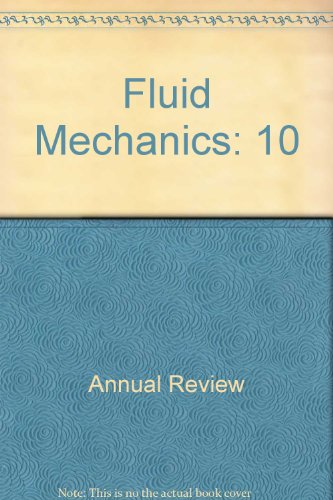Fluid Mechanics Challenges in Direct-Ink-Writing Additive Manufacturing
IF 30.2
1区 工程技术
Q1 MECHANICS
引用次数: 0
Abstract
Direct-ink writing (DIW) has rapidly become a versatile 3D fabrication method due to its ability to deposit a wide range of complex fluids into customizable 3D geometries. This review highlights key fundamental fluid mechanics and soft matter challenges across the different stages of the DIW printing process. The rheology of fluids and suspensions governs the flow behavior through narrow nozzles, posing questions about extrudability, confined flow dynamics, and clogging mechanisms. Downstream, the formation and deposition of extruded filaments involve extensional flows and potential instabilities, while postdeposition dynamics introduces complexities related to yield stress and structural stability. These stages are inherently interdependent, as optimizing material composition without considering filament stability risks compromising the final structure. As DIW applications expand through advanced ink formulations, developing fundamental fluid mechanics frameworks is essential to replace trial-and-error approaches with predictive design methodologies to enable more precise control over and reliability of the printing process.直墨增材制造中的流体力学挑战
由于能够将各种复杂流体沉积到可定制的3D几何形状中,直接墨水书写(DIW)已迅速成为一种通用的3D制造方法。这篇综述强调了DIW打印过程中不同阶段的关键基本流体力学和软物质挑战。流体和悬浮液的流变性决定了通过狭窄喷嘴的流动行为,这就提出了关于可挤压性、受限流动动力学和堵塞机制的问题。在下游,挤压细丝的形成和沉积涉及拉伸流动和潜在的不稳定性,而沉积后的动力学则引入了与屈服应力和结构稳定性相关的复杂性。这些阶段本质上是相互依存的,因为优化材料成分而不考虑灯丝稳定性可能会损害最终结构。随着DIW应用通过先进的油墨配方扩展,开发基本的流体力学框架至关重要,可以用预测设计方法取代试错方法,从而实现对印刷过程的更精确控制和可靠性。
本文章由计算机程序翻译,如有差异,请以英文原文为准。
求助全文
约1分钟内获得全文
求助全文
来源期刊
CiteScore
54.00
自引率
0.40%
发文量
43
期刊介绍:
The Annual Review of Fluid Mechanics is a longstanding publication dating back to 1969 that explores noteworthy advancements in the field of fluid mechanics. Its comprehensive coverage includes various topics such as the historical and foundational aspects of fluid mechanics, non-newtonian fluids and rheology, both incompressible and compressible fluids, plasma flow, flow stability, multi-phase flows, heat and species transport, fluid flow control, combustion, turbulence, shock waves, and explosions.
Recently, an important development has occurred for this journal. It has transitioned from a gated access model to an open access platform through Annual Reviews' innovative Subscribe to Open program. Consequently, all articles published in the current volume are now freely accessible to the public under a Creative Commons Attribution (CC BY) license.
This new approach not only ensures broader dissemination of research in fluid mechanics but also fosters a more inclusive and collaborative scientific community.

 求助内容:
求助内容: 应助结果提醒方式:
应助结果提醒方式:


